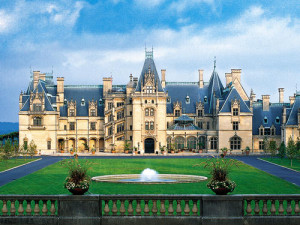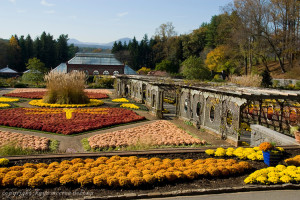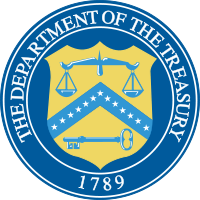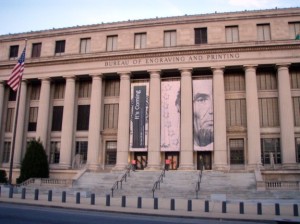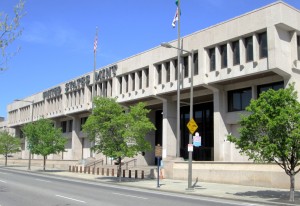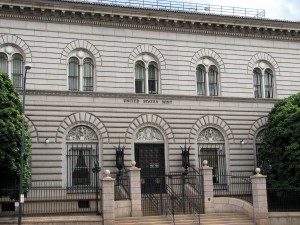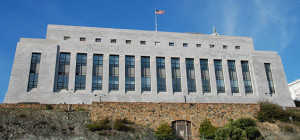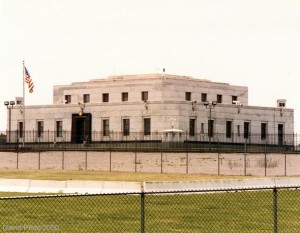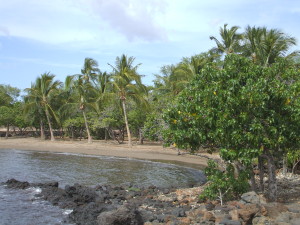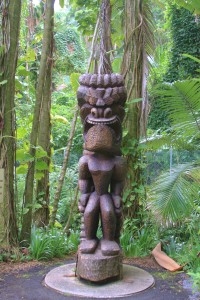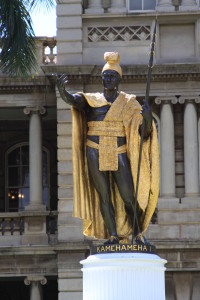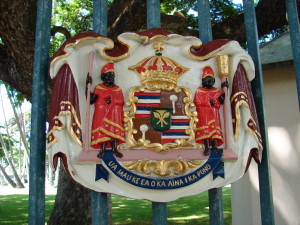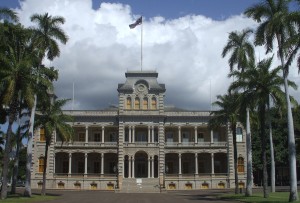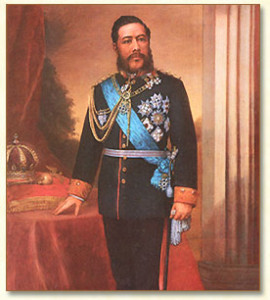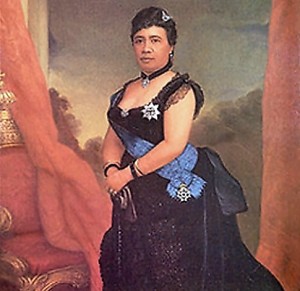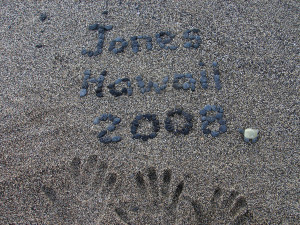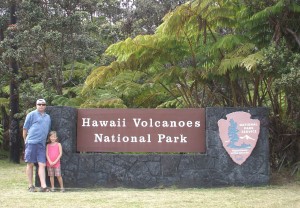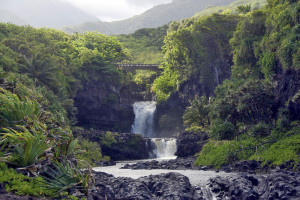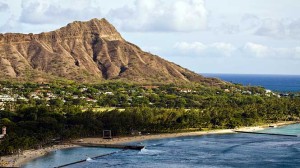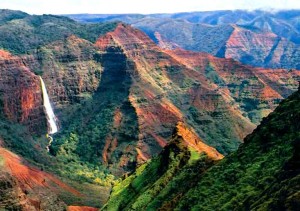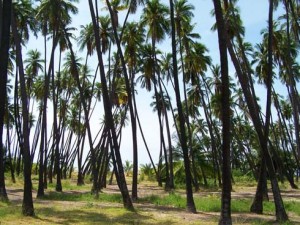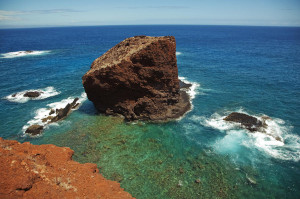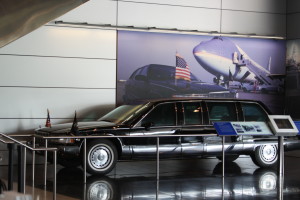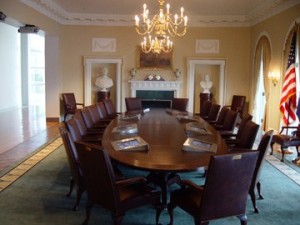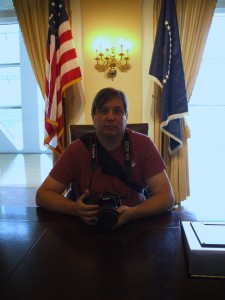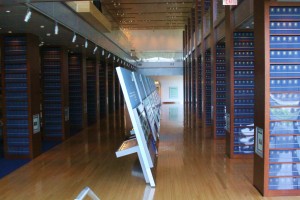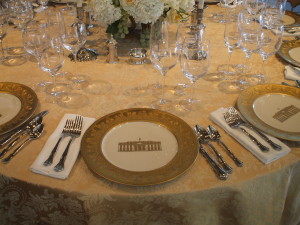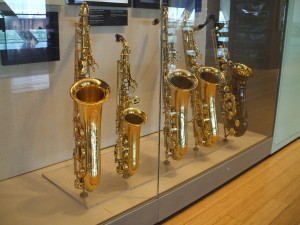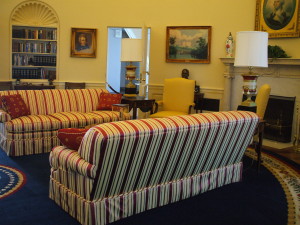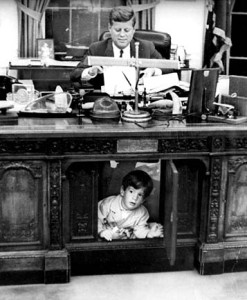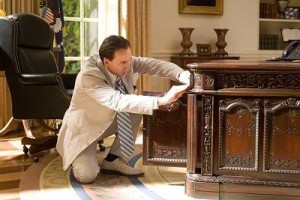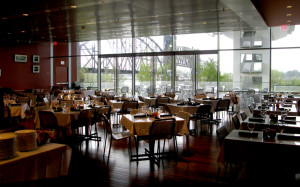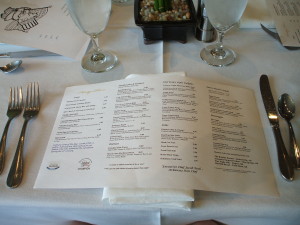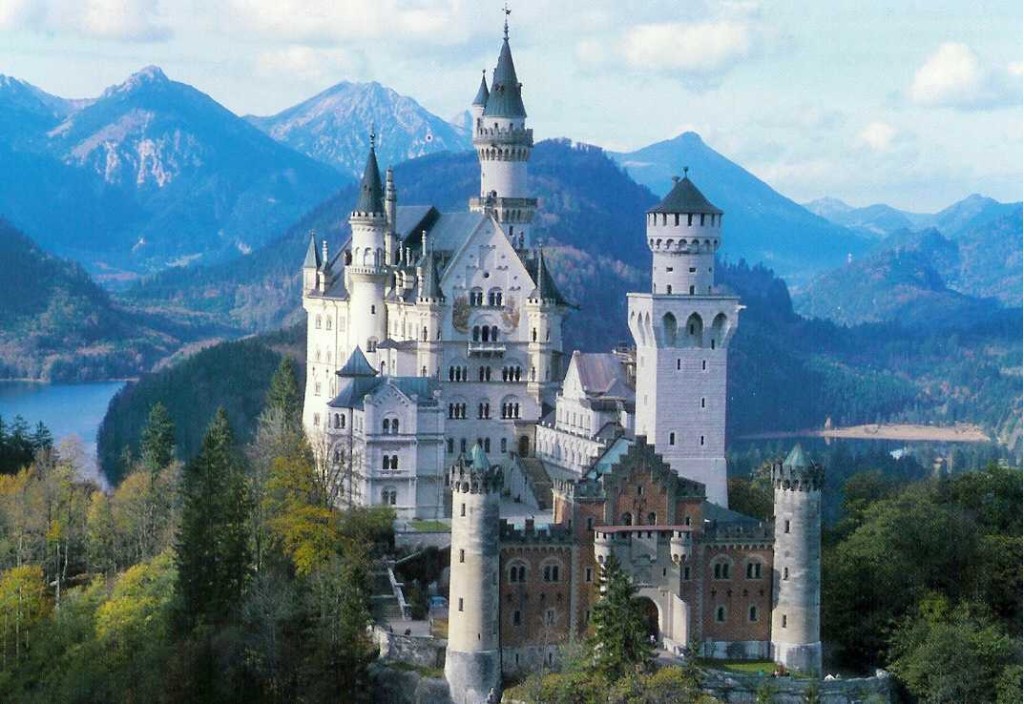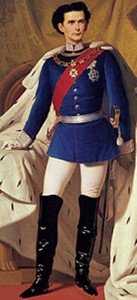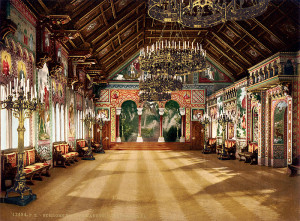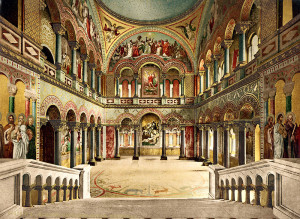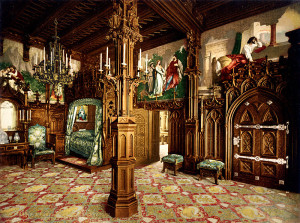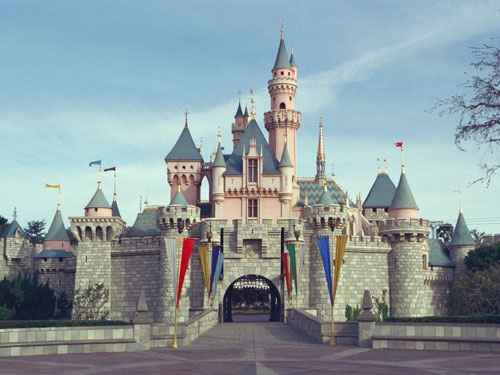Moving to the Midwest gave us the opportunity to visit so many wonderful new places … and we love to travel!! One of those places on our “must see list” was the Biltmore Estate in Asheville, North Carolina. We decided to go in January 2008 with plans that grew to include 14 family members from 4 different states. Everybody was responsible for their own transportation and hotel reservations. It turned out to be a wonderful extended weekend not only visiting the Biltmore but we also got to spend some quality time with three generations of family members.
HISTORY OF THE BILTMORE ESTATE
In 1880, at a time known as the Gilded Age, George Vanderbilt and his mother made regular visits to Asheville, North Carolina. George loved the area and the climate so much that he wanted to build a summer home there, his “little mountain escape”. The idea was to create a working estate similar to the ones found in Europe. Construction of the main building began in 1889 and was finally completed in 1895. It is the largest privately owned home in the United States at 175,000 square feet with 250 rooms. Vanderbilt commissioned Richard Morris Hunt, a New York architect, to design the house in a Chateausque style. Vanderbilt also hired landscape architect Frederick Olmstead to design the gardens which are bordered by a natural forest.
Vanderbilt intended for the estate to be self-supporting and he set-up several different farms involving poultry, cattle, hogs and also a dairy to provide milk and cheese products for the Biltmore kitchens. In 1901, Vanderbilt established Biltmore Industries which made furniture inspired by those furnishings found on the estate and this provided local employment in the community.
At the time of Vanderbilt’s death in 1914, it is believed that his inheritance and personal wealth was significantly depleted due to the construction, maintenance and lavish entertaining expenses of the Biltmore Estate. Edith was forced to sell 85,000 of the original 125,000 acres to the federal government as stipulated in her husband’s will with the provision that the land remain unaltered and eventually this property became the Pisqah National Forest. Vanderbilt’s only child, Cornelia, opened the Biltmore House to the public in 1930 and family members continued to live there until 1956. In 1964, the Biltmore was designated a National Historic Landmark. Currently, the Biltmore Estate is still controlled by the Vanderbilt family and managed under the name of the Biltmore Company.
BRIEF TOUR OF THE BILTMORE ESTATE
Over one million visitors annually come to visit this major tourist attraction in Western North Carolina that includes the Biltmore House with 75 acres of formal gardens, several restaurants and gift shops, a winery and a 213 room hotel, the Inn on Biltmore Estate.
Upon entering the Biltmore House, visitors are immediately impressed by the elegant design of the Entrance Hall with the soaring limestone arches and limestone floors, the Victorian-style glass roofed Winter Garden room and the Grand Staircase. Other rooms on the first floor include: The Library which is filled with Vanderbilt’s massive book collection of more than 23,000 books; he was an avid reader and began acquiring books at the age of 11. The Banquet Hall which is the largest room in the house with a 70 foot high barrel vaulted ceiling, a massive oak dining table with 64 chairs and a unique triple fireplace. Additional rooms on this floor are the Salon with adjoining Music Room on the left and Breakfast room on the right. The Billiard Room also leads into an area known as the Bachelor’s Wing with a Smoking Room and Gun Room.
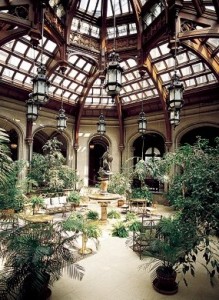
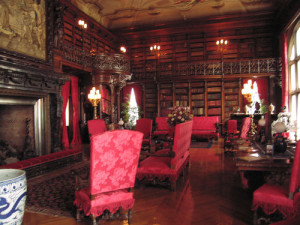
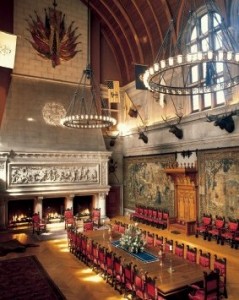
Ascending the Grand Staircase, rooms located on the second floor of the house are centered on a formal sitting area where guests would meet prior to meals or other activities hosted by the Vanderbilts at the Biltmore Estate. This is an area for guests to socialize, play games, read or write letters. Located nearby is the Vanderbilt’s private suite of rooms that included: Mr. Vanderbilt’s bedroom which is filled with carved walnut furnishings, 17th century engravings and 19th century French bronze sculptures. Mrs. Vanderbilt’s oval-shaped bedroom is a very feminine room designed with silk wall coverings, cut-velvet drapes and bedding. Additional elegantly decorated and spacious guests’ rooms are also located on the second and third floors with equally elegant names such as: the Sheraton Room, the Chippendale Room, Van Dyck Room and the Madonna Room.
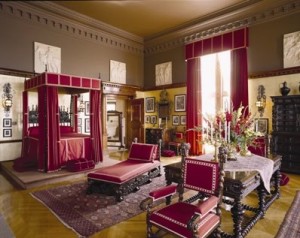
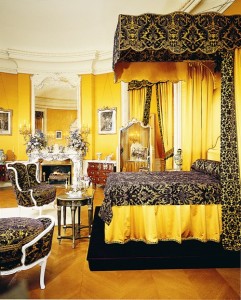
The Downstairs area is mainly the work space of the house with several kitchens, pantries, laundry rooms and servants’ bedrooms. Also located on this floor are several recreational rooms for the Vanderbilts’ guests, such as the swimming pool, gymnasium, bowling and several dressing rooms. In a former storage area that became known as the Halloween Room, this room was later used by the Vanderbilt’s daughter, Cornelia and her husband, for hosting lively parties where guests were known to paint imaginative murals on the walls.
TRAVEL TIPS AND SUGGESTIONS
- Arrive early to the Biltmore Estate. We stayed in Asheville, NC at the Marriott Courtyard and arrived the day before to rest and relax from the 6 hour drive from our home. The next day we were able to be there when the box office opened to start the house tour before it became too crowded.
- Allow plenty of time at the Biltmore Estate. I recommended at least two days touring not only the Biltmore house and gardens, but also wine tasting at the winery and the restaurants and shops at the Biltmore Village. There are other things to do in Asheville, such as: biking, hiking, horseback riding, antique shopping, etc. We also made a quick visit to the Thomas Wolfe house and museum located in Asheville which was very interesting.
- Generally a visit during Sunday to Thursday is less crowded. Also, consider getting tickets in advance and make reservations online or by phone. Guests who arrive without reservations are not guaranteed tickets during busy weekends or the holiday season.
- Dress in comfortable clothes and shoes, dress in layers because the mountain weather can be very unpredictable. When we visited in late January the weather was comfortable in Asheville, but at the top of the mountain at the Biltmore Estate the wind was very cold and we were glad to have our warm jackets!
- Parking is free and shuttle buses take you from the parking lot to the Biltmore House. In order to see the other areas of the Estate, such as the beautiful gardens, the Deerpark restaurant, the winery or the Biltmore Village for shopping, you will need your car to drive to those separate areas.
- Even though a tour of the Biltmore House is self-guided, we highly recommend the audio tour which provides interesting historical and architectural information that enhanced our visit.
- The night before our visit to the Biltmore House we a delicious buffet and attentive service at the Deerpark restaurant. “The Restaurant is housed in a historic barn original to the estate. Enjoy prepared-to-order specialties in addition to classic favorites like hand-carved prime rib. The delightful courtyard restaurant specializes in Southern family-style dishes.” We highly recommend making a reservation.

